Vegan Globetrotter is supported by our audience. When you purchase through one of our links, we may earn a small affiliate commission. As an Amazon Associate I earn from qualifying purchases. Your cost is not affected.
==================
Ever wondered what those slimy green things are in your sushi? They’re called seaweed, and they’re actually super healthy and delicious! And nope, it’s not just for sushi! Let’s dive into the world of seaweed and discover why this ocean veggie should be a staple in your plant-based diet. Ready to get seaweed savvy? Let’s go!
Types of Seaweed for Plant-Based Diets: Unlocking The Ocean’s Nutritional Powerhouses
Seaweed is a nutrient-dense food that’s becoming increasingly popular in plant-based diets. It adds both flavor and nutrition to vegan meals, being rich in fiber, protein, vitamins, and minerals. This makes seaweed a highly valuable addition to any vegan diet, enhancing overall health and well-being.

Seaweed comes in various types, each with its unique taste and texture. Some popular options include nori, wakame, and dulse. These can be used in soups, salads, and sushi rolls.
Adding seaweed to your meals not only enhances flavor but also boosts your intake of essential nutrients. It’s particularly rich in iodine, a nutrient often lacking in vegan diets, and contains omega-3 fatty acids, which are beneficial for heart health.
Key Takeaways
- Seaweed is packed with nutrients and can enhance vegan diets
- There are many types of edible seaweed with different flavors and uses
- Adding seaweed to meals can help vegans get important nutrients like iodine and omega-3s
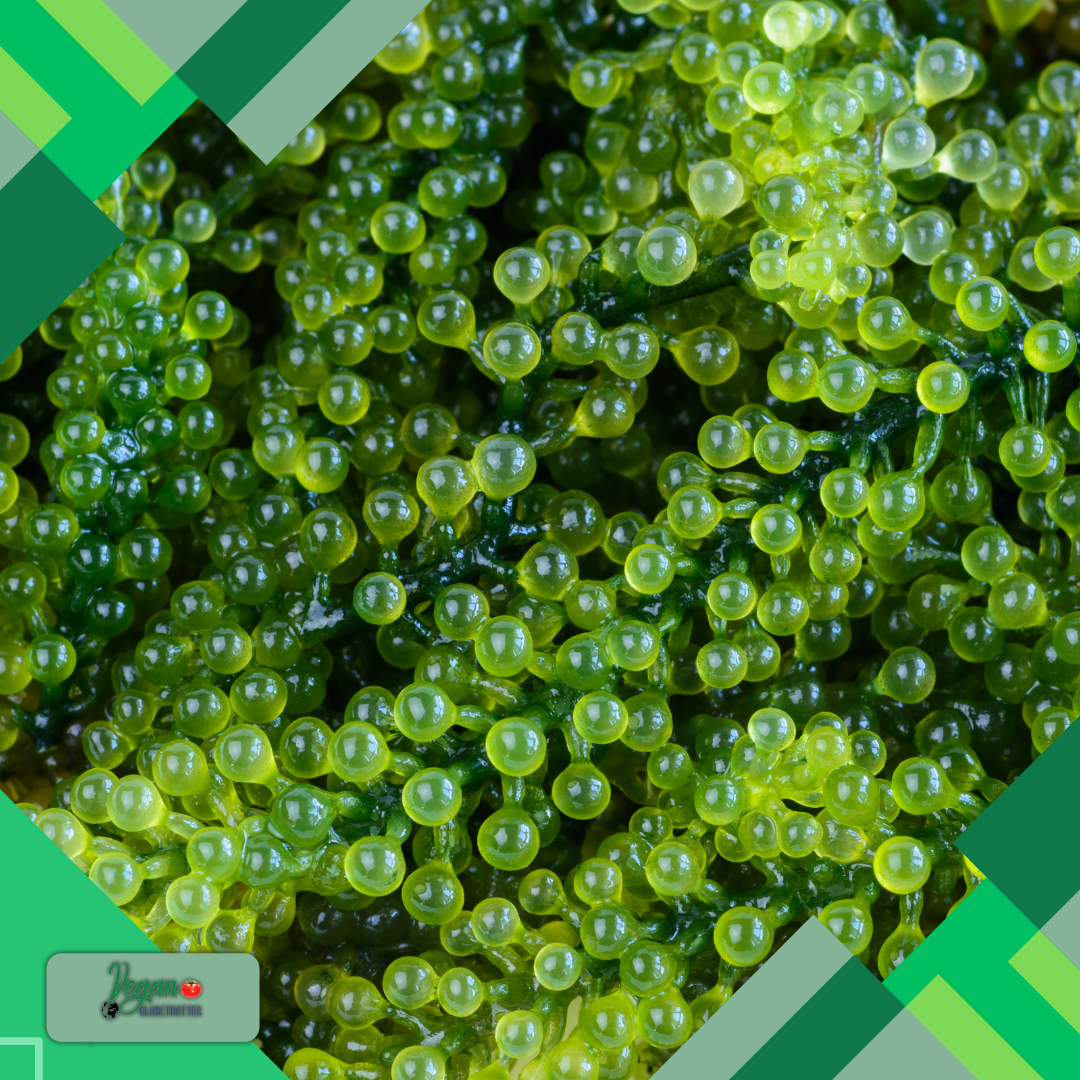
Defining Vegan Seaweed Varieties

Seaweed offers a range of flavors and textures for plant-based diets. These sea vegetables are packed with nutrients and can be used in many dishes.
Nori: Ubiquitous Sushi Wrapper
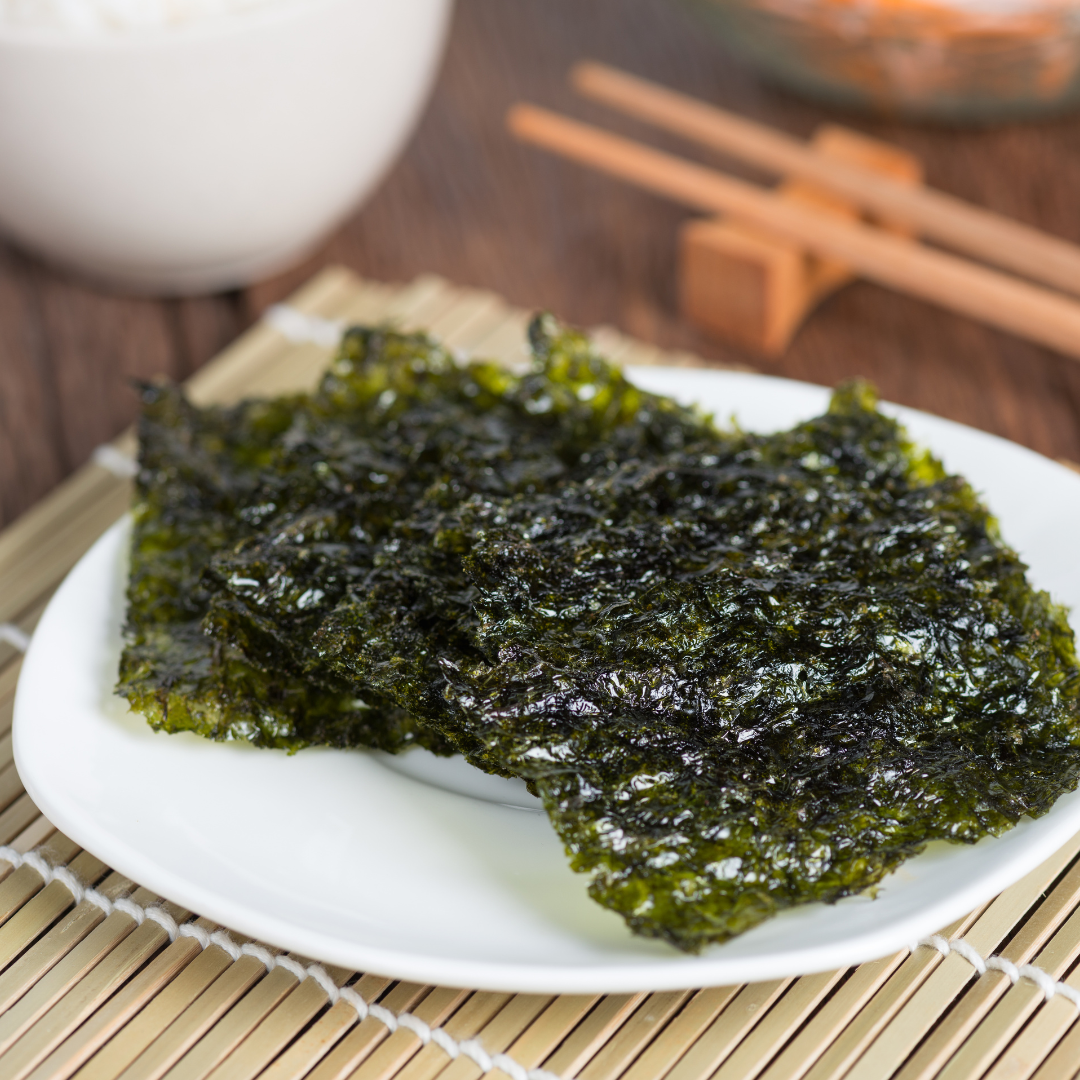
Nori is a dark green or black seaweed that typically comes in thin, dried sheets. Most commonly recognized as the wrapper for sushi rolls, nori has a mild, slightly salty taste that enhances various dishes.
Nutritionally, nori is rich in vitamins A and C and also provides a good source of protein and fiber. Beyond sushi, you can crumble nori over salads or soups to add a burst of flavor and nutrients.
To enjoy nori, you can eat it as is or toast it lightly to bring out a nutty flavor. It also works well in veggie wraps or as a garnish for rice bowls. Incorporating nori into your meals is a simple way to boost both taste and nutritional value.
Kombu: Umami Flavor Enhancer

Kombu is a thick, brown seaweed commonly used in Japanese cuisine to make dashi, a flavorful soup stock. It imparts a deep, savory umami flavor to dishes, thanks to its high glutamic acid content. It is also rich in iodine, an essential nutrient for thyroid function.
This seaweed is a versatile ingredient that can enhance the taste of soups, stews, and bean dishes. To use kombu, simply add a strip to your pot while cooking and remove it before serving. You can also soak kombu and add it to salads for extra texture and flavor. When cooked with beans, kombu helps to break down complex sugars, making the beans more digestible and reducing the risk of gas.
Incorporating kombu into your cooking, you can elevate your meals’ flavor profile while benefiting from its nutritional properties.
Wakame: Mild and Versatile
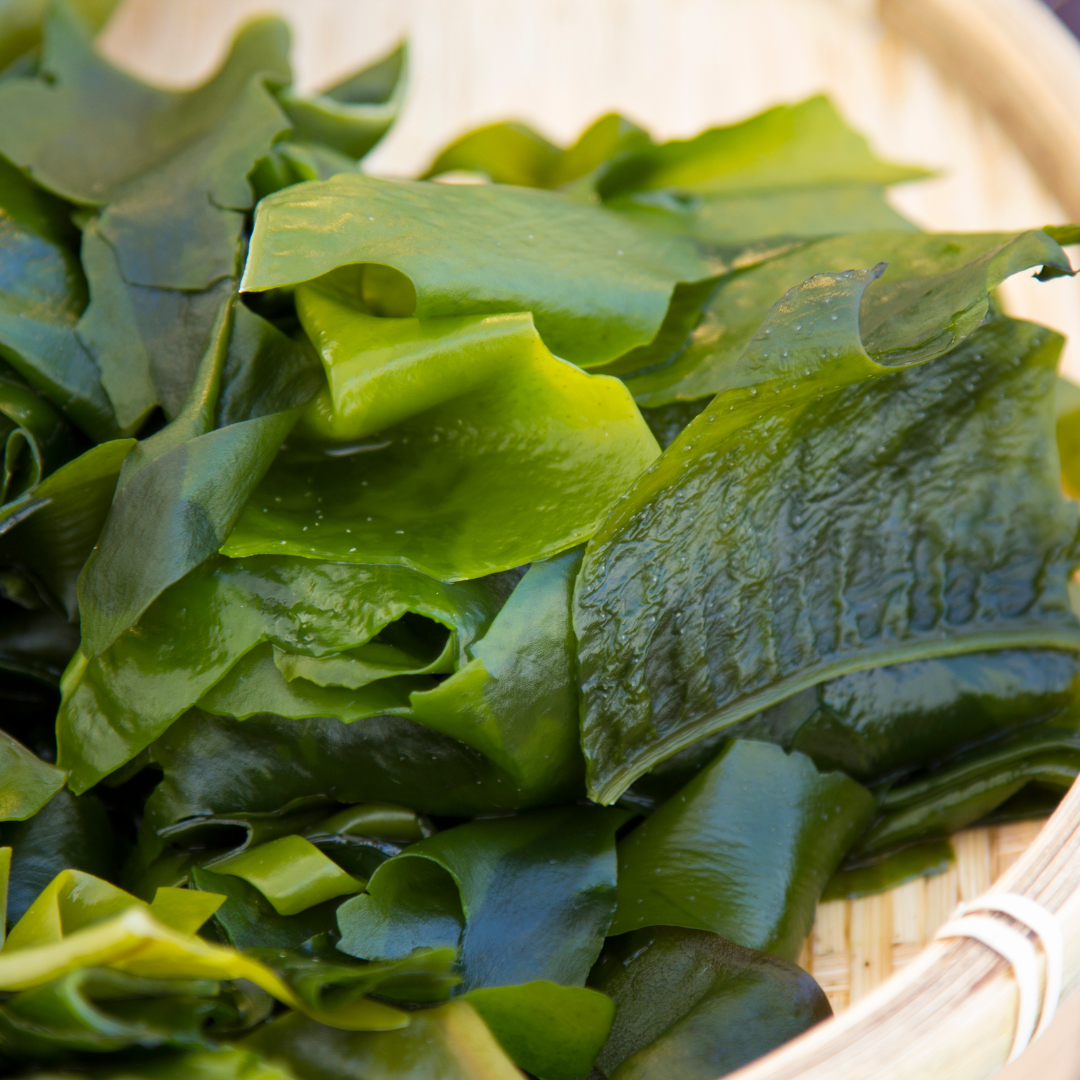
Wakame is a delicate, dark green seaweed commonly featured in miso soup, known for its slightly sweet taste and tender texture. This seaweed is not only low in calories but also packed with nutrients, making it an excellent addition to a healthy diet.
Rich in omega-3 fatty acids, Wakame supports heart health, and fucoidan, a type of fiber known for its potential immune-boosting and anti-inflammatory properties.
To prepare wakame, soak it in water until it rehydrates and expands. Once rehydrated, you can add it to soups, salads, and stir-fries for a nutritional boost. Wakame also makes a delightful side dish when dressed with rice vinegar and sesame oil.
Adding wakame into your meals adds a burst of flavor and a wealth of health benefits.
Dulse: A Ruby-Hued Delight

Dulse is a reddish-purple seaweed with a chewy texture and a unique flavor that, when pan-fried, is often compared to bacon. This nutrient-rich seaweed is packed with iron and potassium and contains all essential amino acids, making it a complete protein source.
Incredibly versatile, Dulse can be used in various dishes. Enjoy it raw, dried as a snack, or pan-fried until crispy. Add it to sandwiches or crumble over baked potatoes for a savory twist. Dulse flakes can be sprinkled on salads or used as a seasoning for roasted vegetables, adding a burst of flavor and nutrients to your meals.
Nutritional Profiles of Popular Seaweeds

Seaweeds pack a powerful nutritional punch. They offer a wide range of vitamins, minerals, and other beneficial compounds that can support your health in many ways.
Protein Content and Quality
Seaweed can be a good protein source for plant-based diets. Red seaweeds have the highest protein content, followed by green and then brown varieties. The protein in seaweed is high-quality, containing all nine essential amino acids your body needs.
Nori, the seaweed used for sushi rolls, is especially protein-rich. It contains up to 47% protein by dry weight. Spirulina, a blue-green algae, is another protein powerhouse with about 60-70% protein content.
Keep in mind that seaweed is often eaten in small amounts, so it may not contribute large quantities of protein to your diet. But it can still be a valuable addition to your protein intake.
Vitamins and Minerals Treasure Trove
Seaweeds are packed with essential vitamins and minerals. Here’s a quick look at some key nutrients found in popular seaweeds:
- Iodine: Kelp is extremely high in iodine, essential for thyroid function.
- Iron: Dulse and nori are good sources of iron.
- Calcium: Wakame provides calcium for bone health.
- Magnesium: Arame is rich in magnesium, vital for many bodily functions.
- Vitamin B12: Some seaweeds contain this important vitamin, rare in plant foods.
Seaweeds also provide vitamins A, C, E, and K, as well as folate and zinc. The exact nutrient profile varies between types of seaweed, so eating a variety can help you get a broad range of nutrients.
Fiber and Digestive Health
Seaweeds are excellent sources of dietary fiber. This fiber can support your digestive health and may help you feel full longer. Some types of seaweed fiber, like alginate, have been shown to reduce fat absorption.
Wakame provides about 0.9g of carbohydrates per 10g serving, most of which is fiber. While Kombu and arame are also good fiber sources.
The fiber in seaweed can act as a prebiotic, feeding beneficial gut bacteria. This may improve your digestion and overall gut health. Remember to introduce seaweed gradually into your diet to allow your digestive system to adjust.
Health Benefits of Seaweed in Vegan Diets
Seaweed offers many health advantages for those following plant-based diets. It provides essential nutrients and compounds that support overall wellness. Here are some key benefits of including seaweed in vegan eating plans:
Weight Management and Satiety
Seaweed can be an excellent aid for weight control on a vegan diet. It’s very low in calories but high in fiber, which helps you feel full and satisfied. The fiber in seaweed slows digestion, potentially reducing appetite and aiding in weight management.
Certain types of seaweed contain compounds that may enhance fat burning. For instance, fucoxanthin found in brown seaweed has been shown to increase metabolism.
Adding seaweed to meals can make them more filling without many extra calories. Try sprinkling dried seaweed flakes on salads or soups. Or wrap your veggie sushi rolls in nori sheets for a satisfying, low-calorie meal.
Cardiovascular Health Advantages
Eating seaweed regularly may benefit your heart health. It contains nutrients that can help lower blood pressure and reduce cholesterol.
The high potassium content in many seaweeds helps regulate blood pressure. Additionally, some seaweeds also have omega-3 fatty acids, which are good for heart health.
Certain compounds in seaweed, like fucoidan, may help prevent blood clots. This can lower your risk of heart attacks and strokes. Try adding dulse flakes to your meals a few times a week. Or enjoy a seaweed salad as a heart-healthy side dish.
Thyroid Support and Iodine Source
Seaweed is an excellent source of iodine for vegans. Your thyroid needs iodine to make hormones that control metabolism.
Many vegans struggle to obtain enough iodine, but just a small amount of seaweed can fulfill their daily needs. Nori, wakame, and kombu are all great options. Be careful not to overdo it. Too much iodine can be harmful. Stick to small portions a few times a week.
You can sprinkle kelp granules on food instead of salt. Or try snacking on nori sheets for a thyroid-friendly boost.
Antioxidant Abundance
Seaweed is rich in antioxidants that help protect your cells from damage, potentially preventing chronic diseases and slowing aging.
Different types of seaweed offer unique antioxidant benefits. For example, red seaweeds like dulse are high in carotenoids, while brown seaweeds contain potent polyphenols. These antioxidants can enhance your immune system and help reduce inflammation in the body.
Incorporate a variety of seaweeds into your diet to maximize your antioxidant intake. Sprinkle spirulina powder into smoothies, add wakame to miso soup, or snack on dried nori sheets. This variety ensures you receive a broad spectrum of antioxidant benefits.
Culinary Uses of Seaweed

Seaweed adds unique flavors and textures to many dishes. You can use it in cooking, as a flavor enhancer, and even as a standalone snack. These versatile sea vegetables offer exciting ways to boost nutrition and taste in plant-based meals.

Cooking with Seaweed
You can incorporate seaweed into various recipes. Try adding wakame to salads for a refreshing crunch. Kombu works well in soups and broths, infusing them with a savory umami taste.
For a quick breakfast, roll scrambled eggs and veggies in nori sheets. This makes a portable, nutritious meal. You can also use nori to wrap sushi rolls or onigiri (rice balls).
Dulse flakes add a peppery flavor to dishes. Sprinkle them over soups, stews, or roasted vegetables. You can even pan-fry whole dulse leaves for a bacon-like crispy texture.
Seaweed as a Flavor Enhancer
Seaweed acts as a natural flavor booster in many recipes. It adds depth and complexity to plant-based dishes. Kombu is key in making dashi, a Japanese soup stock. This forms the base for many soups and sauces.
You can grind dried seaweed into a powder. Use this as a salt substitute or seasoning blend. It adds minerals and iodine to your meals. Sprinkle it on popcorn, roasted nuts, or baked potatoes for extra flavor.
Some types of seaweed have a naturally salty taste. This makes them great for low-sodium diets. They can enhance flavors without adding extra salt to your food.

Seaweed Snacks
Nori sheets make tasty snacks when lightly toasted. Brush them with sesame oil and sprinkle with salt. Then, cut into smaller pieces for a crunchy treat.
You can find pre-packaged seaweed snacks in many stores. These often come in various flavors, like wasabi, teriyaki, or sea salt. They’re low in calories and high in nutrients.
For a homemade option, try making seaweed chips. Coat thin slices of sweet potato or kale with oil and seaweed flakes. Then, bake until crispy for a nutritious alternative to potato chips.
Sustainability and Sourcing

Seaweed farming is one of the fastest-growing industries worldwide. It offers a sustainable food source that can help address climate change and food security challenges.
When choosing seaweed for your plant-based diet, look for sustainably sourced options. Many seaweed farms use environmentally friendly practices that don’t harm marine ecosystems. Seaweed farming requires no fresh water, fertilizers, or pesticides. This makes it a climate-friendly food source. It also helps reduce ocean acidification by absorbing carbon dioxide.
You can find dried seaweed in many grocery stores. Fresh seaweed may be available at specialty markets or online retailers. Always check the packaging for information on sourcing and sustainability certifications.
Make sure to look for labels that indicate responsible harvesting methods. Some companies work directly with local communities to ensure ethical and sustainable practices.
Incorporating Seaweed into Daily Meals
Adding seaweed into your diet is both easy and flavorful. Start by sprinkling dried nori flakes on salads or rice bowls to add a salty, umami kick and boost nutritional value.
Nori sheets can also add a unique twist to fried rice, infusing it with a savory, broth-like flavor. For soups and salads, try adding wakame. Simply soak it in water to rehydrate before use, and toss it into miso soup or cold noodle salads. Wakame also adds a delightful texture and extra nutrients to stir-fries.
For a convenient and crunchy snack, opt for roasted seaweed snacks, which come in various flavors and are perfect for on-the-go munching.
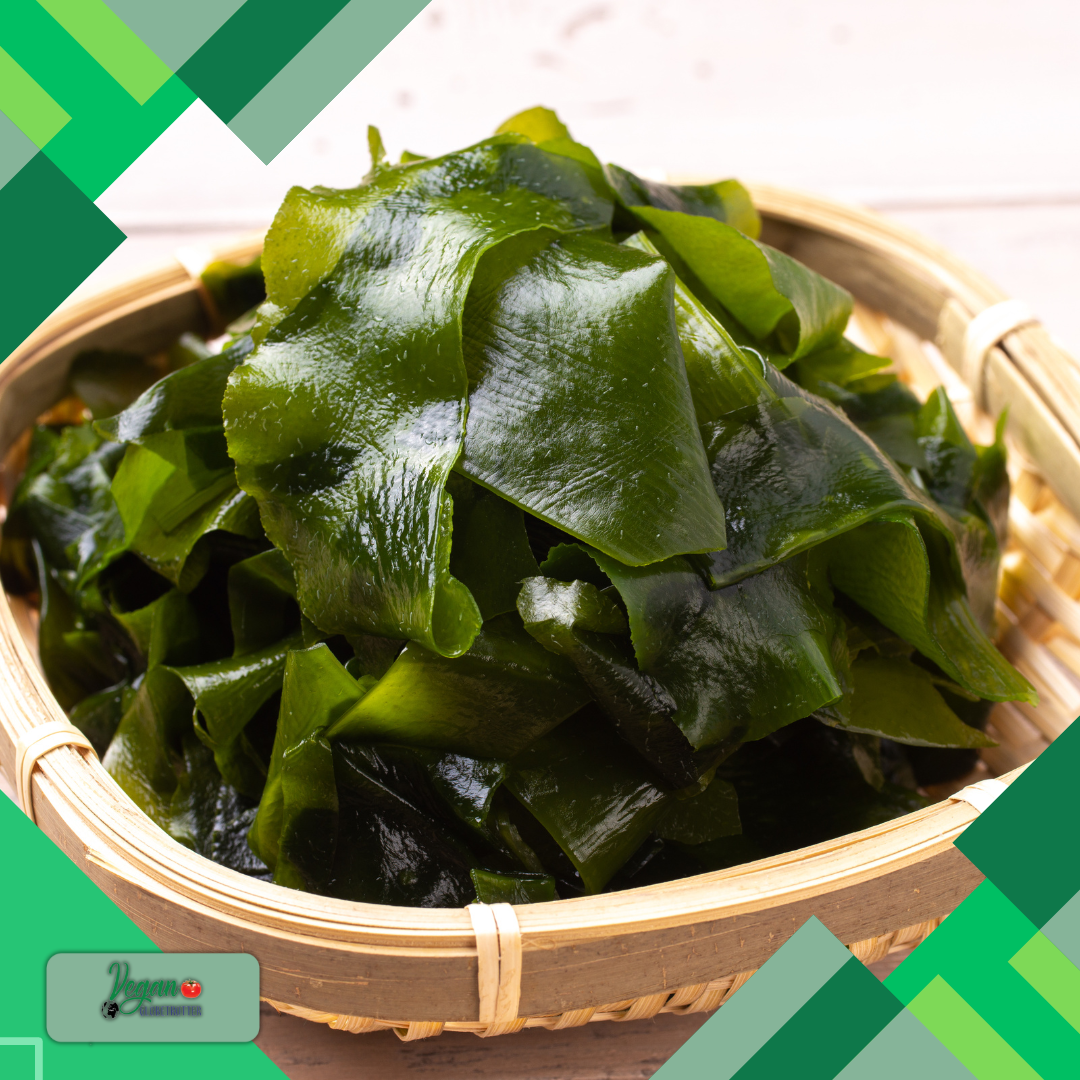
Here are some quick and versatile ways to use seaweed:
- Add it to smoothies for a nutritional boost.
- Use nori sheets as wraps for veggie rolls.
- Mix it into pasta dishes for added flavor and nutrients.
- Sprinkle it on popcorn for a savory twist.
You can even use seaweed instead of breadcrumbs when cooking fish or tofu. Wrap the protein in rehydrated seaweed before frying for a delicious, crunchy coating.
Consumer Tips for Selecting and Storing Seaweed

When buying seaweed, look for bright colors and a fresh ocean scent. Avoid packages with visible moisture or discoloration. Check the expiration date and choose products with clear labeling. Organic options are available if you prefer.
For dried seaweed, select packages that are tightly sealed and feel crisp. Nori sheets should be flat and unbroken. Fresh seaweed can be stored in the fridge for 3-4 days. Rinse it in cold water and pat dry before using.
To keep dried seaweed crisp, store it in an airtight container in a cool, dry place and avoid exposure to humidity and direct sunlight. You can freeze fresh seaweed to extend its shelf life. Wash and dry it thoroughly before freezing. Frozen seaweed can last 6-12 months.
Some popular seaweed types for vegan diets include:
- Nori
- Wakame
- Dulse
- Hijiki
- Kombu
Each type has unique flavors and textures. Experiment to find your favorites. Remember to rehydrate dried seaweed before using it in recipes. Soak it in warm water until soft, then drain well.
Potential Risks and Considerations

While seaweed can be a nutritious addition to plant-based diets, it’s important to be aware of some potential risks.
- Iodine Content: Some seaweeds, particularly kelp, are very high in iodine. Excessive iodine intake can lead to thyroid issues, so consume these types in moderation.
- Heavy Metals: Seaweed can absorb heavy metals from the water in which it grows. To minimize this risk, choose seaweed sourced from clean, uncontaminated waters.
- Allergens: You might also react to seaweed if you have shellfish allergies. If you have any concerns, consult your doctor before adding it to your diet.
- Drug Interactions: Seaweed can interact with certain medications, such as blood thinners. It’s essential to check with your healthcare provider if you are on any medications.
- Nutrient Imbalances: Eating large amounts of seaweed can lead to excessive intake of certain nutrients. Maintaining balance in your diet is crucial.
Here’s a quick reference table for common seaweed types:
| Seaweed Type | Main Consideration |
|---|---|
| Nori | Low risk, widely consumed |
| Kelp | High iodine content |
| Dulse | Potential allergen |
| Wakame | Moderate iodine levels |
Introduce seaweed to your diet gradually, starting with small amounts to see how your body responds. Always purchase seaweed from reputable sources to ensure quality and safety.
Fun Facts
Did you know that seaweed is considered a superfood? It’s packed with vitamins, minerals, and antioxidants, making it a nutritional powerhouse. Rich in iodine, calcium, magnesium, iron, and vitamins A, C, E, and K, seaweed supports thyroid health, bone strength, and immune function.
It also contains dietary fiber for digestive health and omega-3 fatty acids for heart health. Different types like nori, wakame, dulse, and kelp offer unique flavors and textures, making them versatile additions to soups, salads, smoothies, and sushi, enhancing both flavor and health benefits.

Types of Seaweed for Plant-Based Diets: Wrapping Up Our Seaweed Journey
Incorporating various types of seaweed into plant-based diets offers a wealth of nutritional benefits and culinary versatility. Seaweeds like nori, wakame, dulse, and kombu each bring unique flavors and textures, enriching your meals with essential nutrients such as iodine, omega-3 fatty acids, vitamins, and antioxidants.
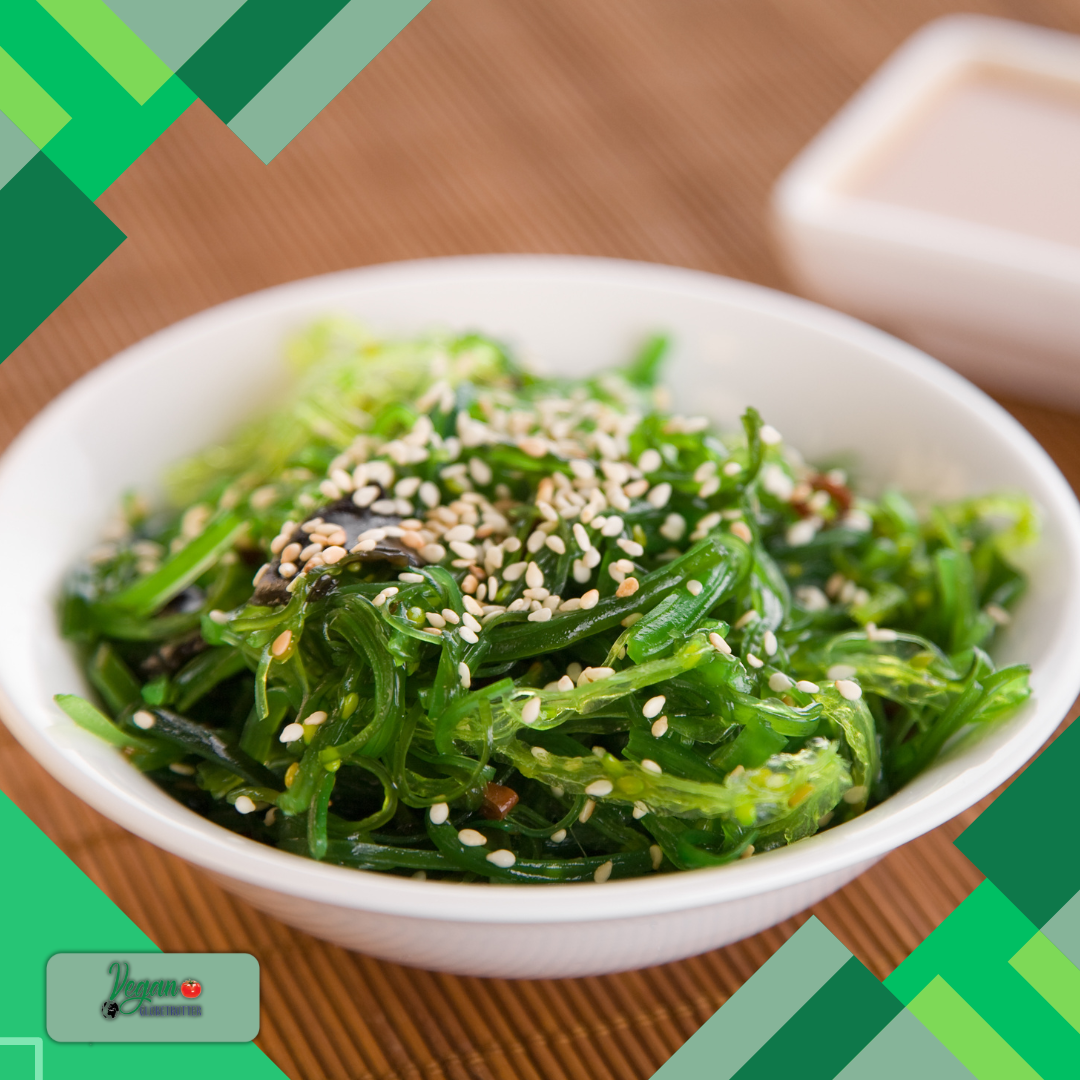
Whether you’re sprinkling dried seaweed flakes on salads, adding wakame to soups, or enjoying crispy roasted seaweed snacks, these nutrient-dense foods can enhance both the flavor and nutritional profile of your diet. By experimenting with different types of seaweed, you can discover new tastes and textures while supporting overall health and well-being. Adding seaweed to your daily meals is an easy and delicious way to boost your intake of vital nutrients, making it a valuable addition to any plant-based lifestyle.
So, there you have it! Seaweed is way cooler (and tastier) than you thought, right? From sushi rolls to hearty soups, these ocean veggies pack a nutritional punch.
Ready to dive into the world of seaweed? Start experimenting with different varieties and discover your new favorite flavor! Share your seaweed adventures with us on social media. Let’s build a seaweed-loving community together!
Frequently Asked Questions

Seaweed offers many benefits for plant-based diets. Let’s explore the key types, nutritional value, and health impacts of adding seaweed to vegan meals.
What are the health benefits of incorporating seaweed into a vegan diet?
Seaweed is packed with nutrients. It provides high amounts of vitamins A, C, and B12. These vitamins are essential for vegans who may lack them in their diets. It is also rich in fiber and contain up to 62g of fiber per 100g dry weight, more than many fruits and veggies.
Which varieties of seaweed are considered the most nutritious for plant-based diets?
Nori is a top choice for plant-based eaters. It’s high in protein, up to 47%, based on dry weight. While Wakame is another nutritious option. It’s often used in seaweed salads and is packed with minerals. Kombu on another hand is known for its high iodine content and great for adding flavor to soups and broths.
How does consuming dried seaweed contribute to a vegetarian or vegan lifestyle?
Dried seaweed is a versatile food for vegans. You can use it to make nori chips by baking them with olive oil and sea salt. It’s an easy way to add nutrients to meals just sprinkle dried seaweed flakes on salads or soups to boost minerals and vitamins.
Can nori seaweed be included in a strict vegetarian diet, and what are its benefits?
Yes, nori is entirely vegan. It’s a great source of vitamin B12, often lacking in vegan diets. Nori also provides iodine, iron, and omega-3 fatty acids. These nutrients support thyroid function, blood health, and brain health.
What are the potential side effects of consuming seaweed, and how can they be mitigated?
Some seaweeds are very high in iodine. Too much iodine can cause thyroid problems. Limit your intake and choose lower-iodine varieties. Seaweed can also absorb heavy metals from the ocean so buy seaweed from trusted sources to reduce this risk.
What are the top three edible seaweeds recommended for enhancing gut health in vegans?
Nori is great for gut health due to its high fiber content. It helps feed good gut bacteria. Wakame contains fucoxanthin. This compound may boost good gut bacteria growth. While Kombu has alginates that can act as prebiotics, supporting digestive health.

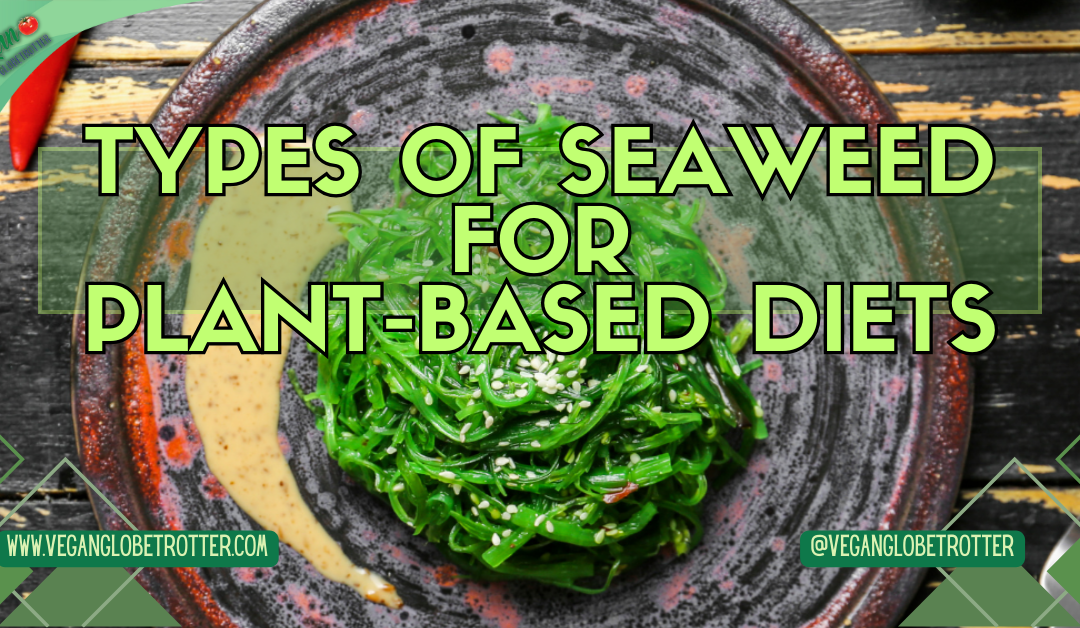

Don't miss out
when new recipes and information are added!
Join our newsletter for free recipes,
healthy living inspiration, and special offers
You have Successfully Subscribed!